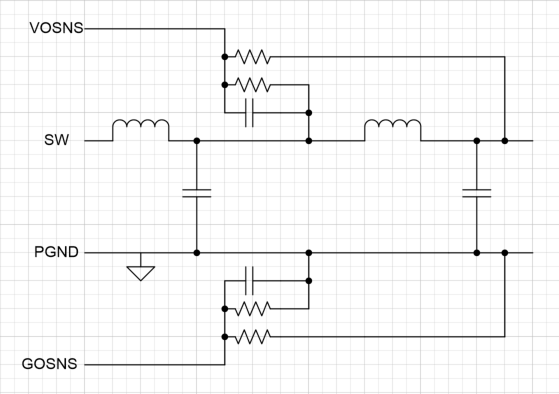Hi Team,
My customer used TPS548B22 for 3.8V to 2.8V@25A buck converter application, and reported an switch frequency changed issue, could you kindly give comments on below items?
-- In typical usage, the frequency should be fixed, in which situation the switch frequency could be changed?
-- How to avoid this issue?



